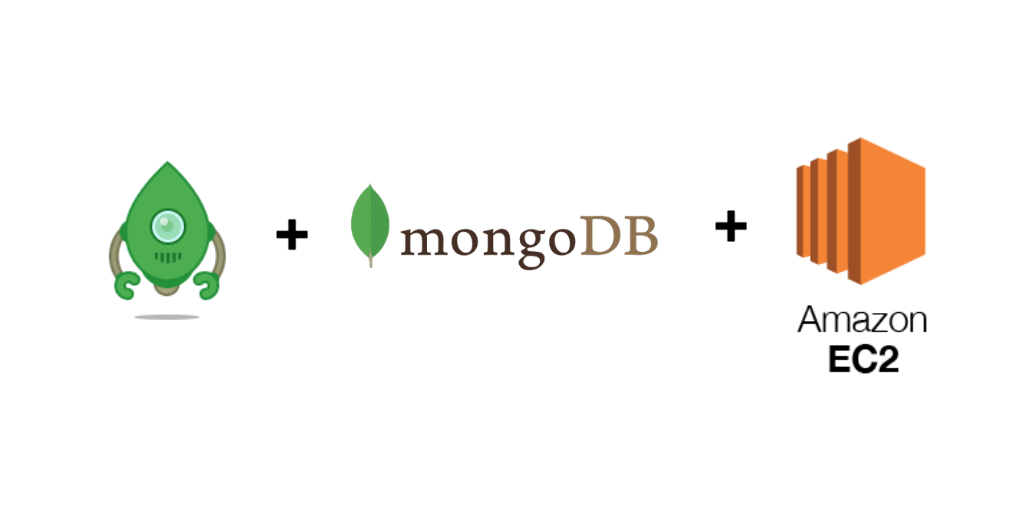

Enter your 'Replica Set Name' into the 'Set Name' field.Using the 'Server Name(s)' and 'Port(s)' identified above in your Connection String, enter them individually by clicking the + sign under the 'Members' box.Once the Connecting Settings window opens, select 'Replica Set' as the 'Type'.Save the connection and then double click on it to see your database:.Robo 3T should be able to connect successfully. Click on ‘Test’ to test the connection.If SSL is enabled on your MongoDB cluster, then click on the 'SSL' tab and configure as shown below:īy default, ScaleGrid provides self-signed certificates, however you have the option to bring your own SSL certificates or ask us to buy them on your behalf.Then, enter your user credentials in the remaining fields:.Enter the Database 'Name' that you created your MongoDB user on.Next, select the 'Authentication' tab in the top bar of the open 'Connection Settings' window.Then, enter the server name into the 'Address' field, and port into the 'Port' field as found in your Connection String from the ScaleGrid MongoDB cluster details page:.Once the Connecting Settings window opens, select 'Direct Connection' as the 'Type'.Click on ‘Create’ underneath 'Manage Connections' to setup a new connection.Launch Robo 3T and open the ‘Manage Connections’ window.On the MongoDB web-shell, type in the create new user command as shown in the image above and below: You can use the ScaleGrid web-shell available on the Admin tab to create such a user: For this example, we will create a new user who has read-write access to any database on the cluster. Users created on the admin database with All-Database roles provide privileges which apply to all non-system databases of the deployment. Select the Users tab and click on the New User button:įill in the new user’s name and password, then select its role and click Create: Then, click on the Manage button beside the database you want to create the user on: In order to create simple, per-database, read-write or read-only users, log into the ScaleGrid console, navigate to the cluster details page, and click on the Databases tab. For more detailed instructions, visit this doc: Let's walk through two examples of creating MongoDB users from the ScaleGrid console. We do not recommend connecting to your MongoDB deployment using the “admin” user that ScaleGrid provides by default. The roles that you choose to assign to the user will depend on your exact use-case. PostgreSQL Follower Clusters - Scheduled SyncĬreate a new user with appropriate permissions for client access.Export a PostgreSQL Database Hosted on ScaleGrid.Import a PostgreSQL Database Using Command Line Tools.Importing PostgreSQL Data From a Remote Server.PostgreSQL Peek at Backup/Selective Restores.Get The Hostname of Your PostgreSQL Deployment.New PostgreSQL Deployment: Dedicated Hosting.

New PostgreSQL Deployment: Bring Your Own Cloud.MySQL Follower Clusters - Scheduled Sync.Export a MySQL Database Hosted on ScaleGrid.Import a MySQL Database Using Command Line Tools.Importing MySQL Data From a Remote Server.MySQL Selective Restores/Peek at Backup.Zapier - Creating new Google Sheets rows from MySQL rows.Zapier - Creating new MySQL rows from Google Sheets rows.Get The Hostname of Your MySQL Deployment.New MySQL Deployment: Bring Your Own Cloud.New MySQL Deployment: Dedicated Hosting.Scale MongoDB Standalone to Replica Set.MongoDB Follower Clusters - Scheduled Sync.



 0 kommentar(er)
0 kommentar(er)
